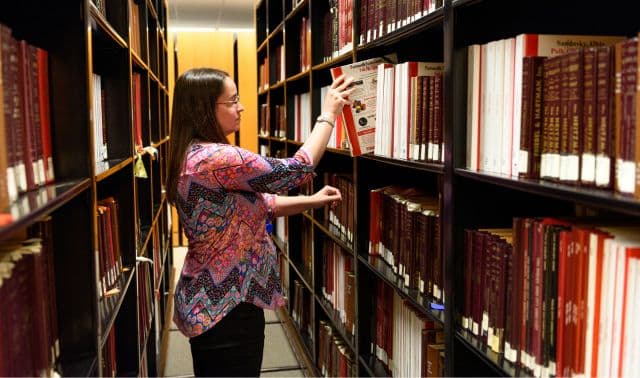Maycomb, Ala., may be home to Jem, Scout, Dill, Atticus Finch and the ever-lurking Boo Radley, but it’s Monroeville — the real-life twin to the literary creation — where author Nelle Harper Lee left her indelible mark. Lee immortalized both the real and imaginary with the 1960 release of To Kill A Mockingbird, which took a bold look at the treatment of African-Americans by a predominately white Southern society. The book’s 1961 Pulitzer Prize win only helped to solidify the literary legitimacy of both towns — Monroeville became the official “literary capital” of Alabama in 1996.
Located halfway between Montgomery and Mobile, Monroeville also was home to many of the characters Lee later would weave into Maycomb’s all-too-real foundation. It’s long been believed that the character of Dill is a fictionalized version of Truman Capote — author of Breakfast at Tiffany‘s — who, just like Dill, spent summers in the Southern town living with relatives. And shades of Lee’s father, lawyer Amasa Coleman Lee, can be found in the honorable Atticus Finch.

The Old Courthouse Museum is part of the Monroe County Heritage Museums (Box 1637, Monroeville, AL 36461, 251-575-7433, <www.frontiernet.net/~mchm>), a collection of institutions that preserves the area’s historical artifacts and makes them available to the public. You can explore the area that served as the backdrop for Lee’s famous novel by visiting the destinations that make up the museum system.
One stop is Rikard’s Mill Historical Park, located in nearby Beatrice (251-789-2781). This water-powered gristmill, constructed in 1845, continues to serve the residents of northern Monroe County. Visitors can observe corn being ground into cornmeal and grits, as well as the making of cane syrup. The River Heritage Museum in Finchburg (251-282-4206) reveals more of Monroe County’s past. Tours of this museum take place mid-March through October, and highlight a collection of ancient fossils and Native American artifacts. The museum also features an exhibit about steamboat travel on the Alabama River. Bethany Baptist Church in Burnt Corn, established in 1821, is brimming with African-American history. Find out more about the Monroe County Heritage Museums and access a calendar of events at <www.frontiernet.net/~mchm>.
If Monroeville is too far to travel for a dose of literary history, the film may provide the next best visual window into Lee’s heart and mind. While the Oscar-winning 1962 film adaptation wasn’t made in Monroeville — the town no longer resembled the detailed Maycomb of the 1930s, and the courthouse was still in use — filmmakers did produce an authentic re-creation.
You also can read about the town Lee made famous. Monroeville: The Search for Harper Lee’s Maycomb compiled by the Monroe County Heritage Museum staff (Arcadia) is a photographic tribute to Mockingbird. Monroeville: Literary Capital of Alabama by Kathy McCoy (Arcadia) provides a pictorial history of Monroeville and documents the town’s history, politics, places, people and literary giants. These books are available from the Heritage Museums.





